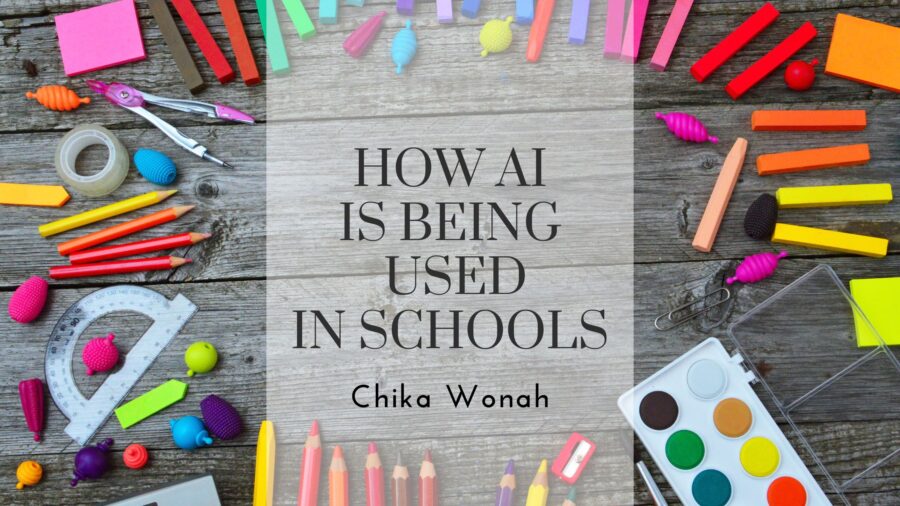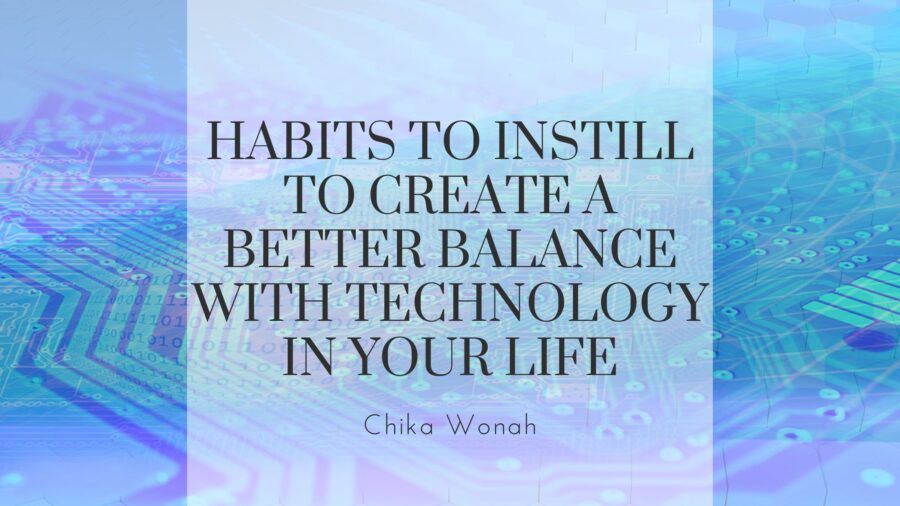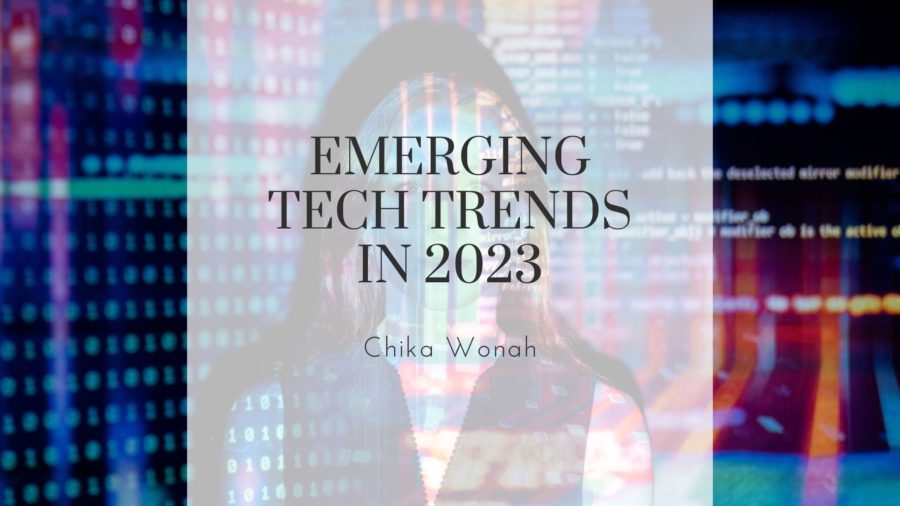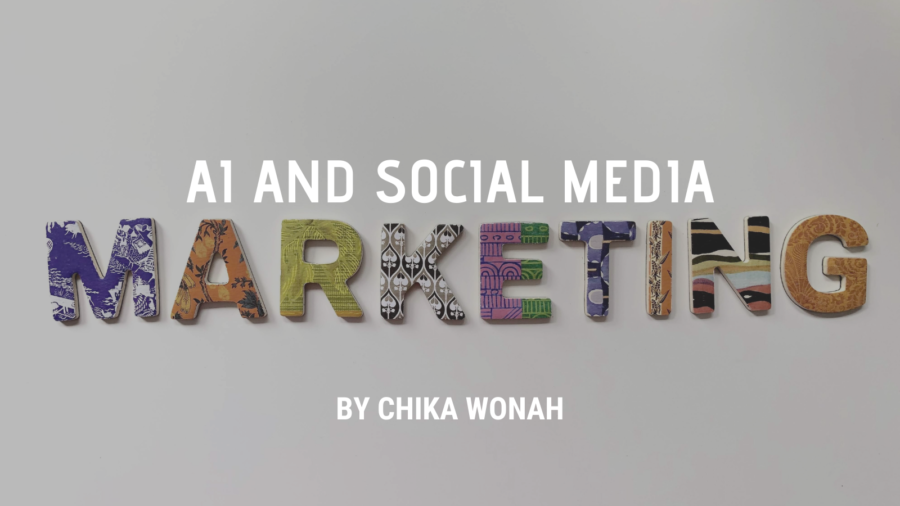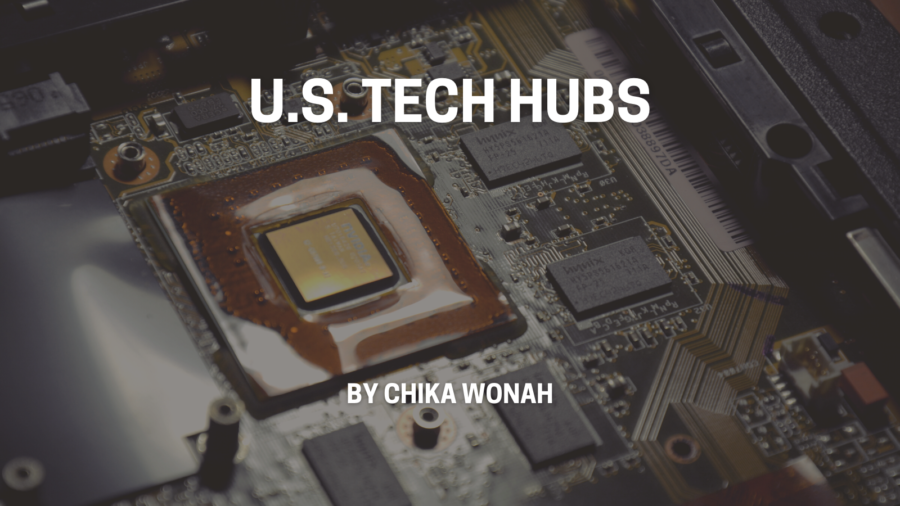Artificial Intelligence (AI) has been disrupting all industries, including education. With the advancement of technology, AI has been increasingly incorporated into school systems, ranging from administrative tasks to personalized learning experiences for students.
One of the most significant applications is administrative tasks. School administrators are often burdened with a vast amount of data, including student records, attendance, and academic performance. AI can automate some of these processes. This frees administrators to focus on other aspects of their job. For instance, AI-powered software can automatically detect patterns in student behavior and academic performance, which can help educators identify early warning signs of potential problems and intervene before they escalate.
Another area where AI is being used in schools is in personalized learning. With AI-powered tools, students can receive customized recommendations for learning materials and activities based on their learning styles. For example, some AI-powered platforms can analyze a student’s learning history and suggest customized learning goals and activities to help them achieve their learning objectives. Additionally, AI can create personalized assessments that adapt to a student’s knowledge level, providing them with more challenging questions if they are excelling or simpler ones if they are struggling.
AI is also being used to create more engaging and interactive learning experiences. For example, some schools use AI-powered chatbots to give students instant feedback and support. These chatbots can answer student questions, offer personalized advice, and provide guidance on coursework, all in real time. This can reduce teachers’ workload and provide students with more immediate and personalized support.
Moreover, AI-powered tools can also be used to enhance the teaching experience. Some schools use AI to help teachers create more effective lesson plans and materials. For example, AI-powered tools can analyze student data to identify gaps in learning and suggest specific teaching strategies to address those gaps. This can help teachers to tailor their teaching methods to the particular needs of their students, improving their overall learning outcomes.
However, the use of AI in schools has present and future challenges. One concern is the potential for AI to perpetuate existing biases. If AI is trained on data that reflects existing preferences, it may reproduce those biases in its recommendations or assessments. Therefore, ensuring that AI-powered systems are developed ethically and transparently, with appropriate safeguards to prevent discrimination or prejudice, is essential.
Another challenge is the possibility of AI replacing human teachers. AI can provide valuable support and feedback but cannot replace human connection and empathy essential to effective teaching. Therefore, viewing AI as a tool that can enhance the teaching and learning experience rather than replace human teachers is vital.
Schools increasingly use AI to improve administrative tasks, personalize learning experiences, and enhance teaching methods. The use of AI in schools has the potential to provide significant benefits to both students and educators, from streamlining administrative tasks to creating more engaging and interactive learning experiences. However, implementing AI-powered systems in schools must be done ethically and transparently, with appropriate safeguards to prevent discrimination or bias. Ultimately, AI should be viewed as a tool to enhance the teaching and learning experience rather than replace human teachers. As AI technology evolves, seeing how it transforms the education sector and empowers teachers and students alike will be exciting.

